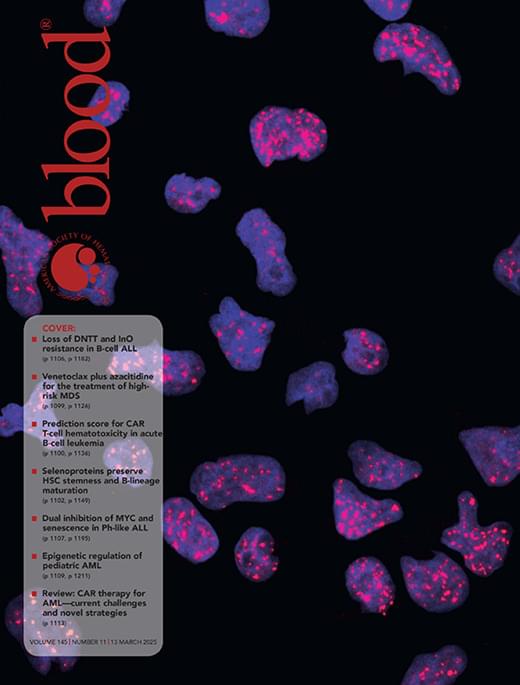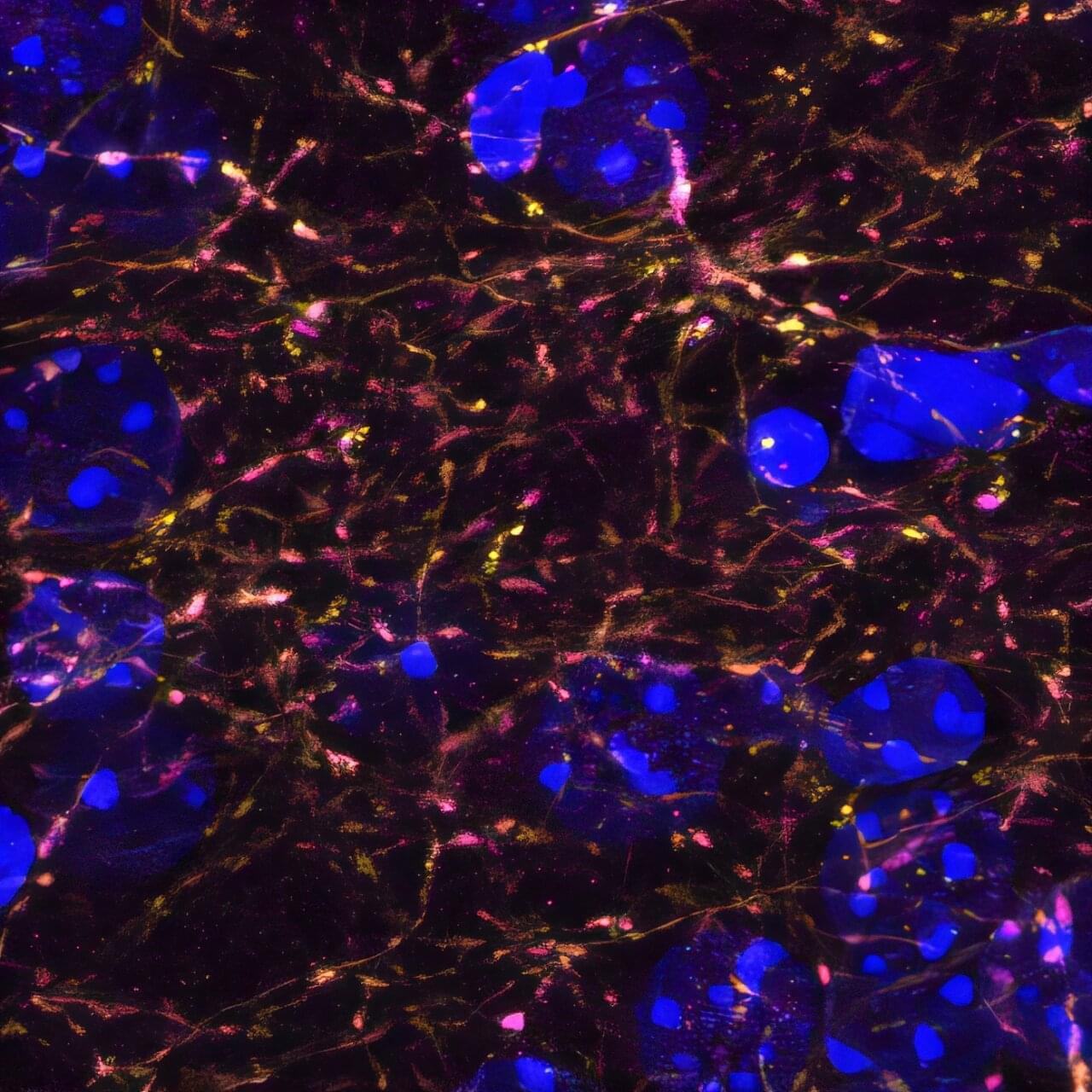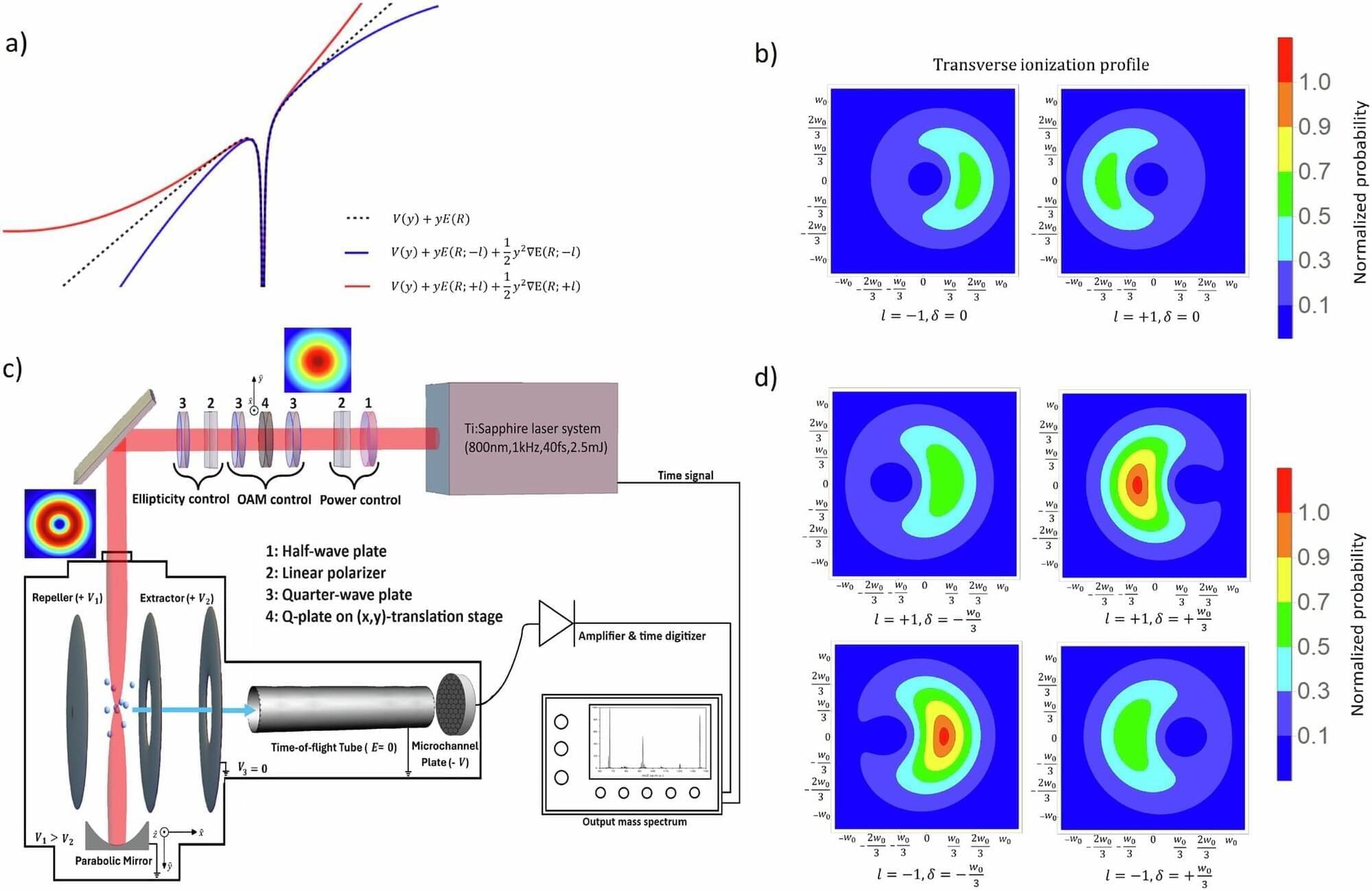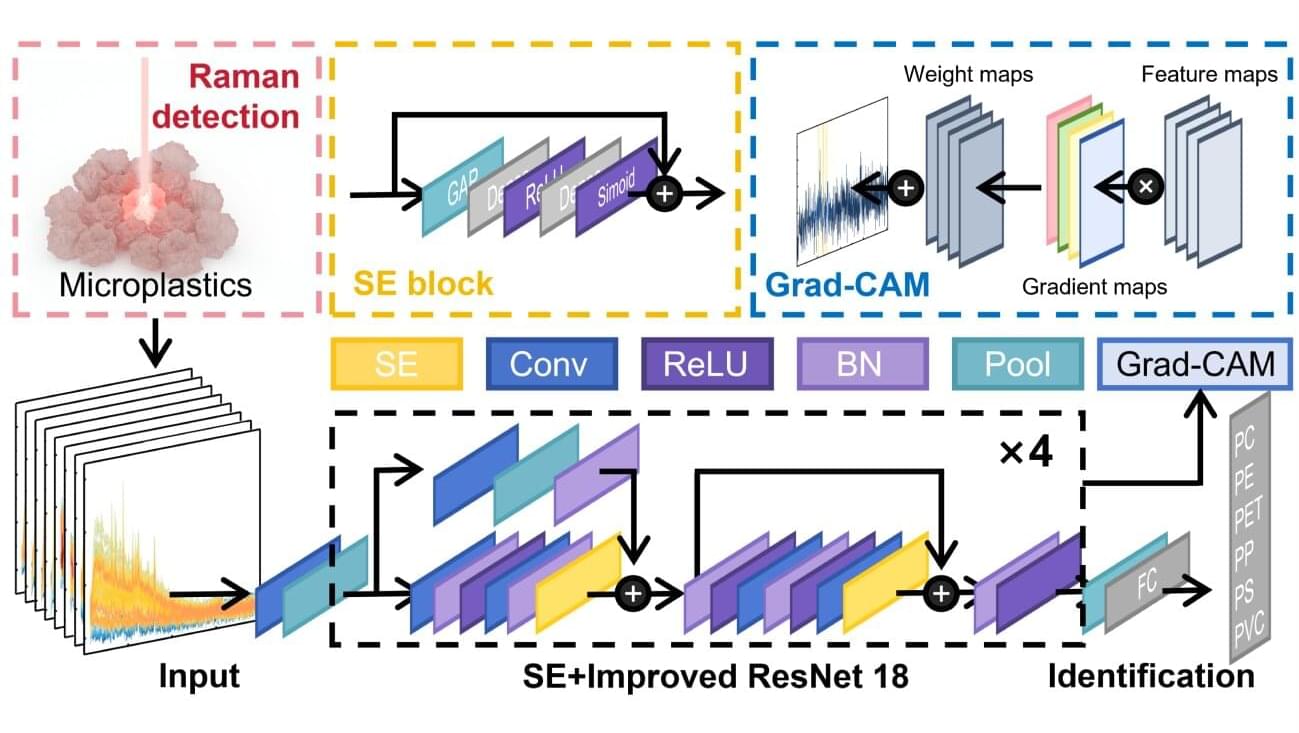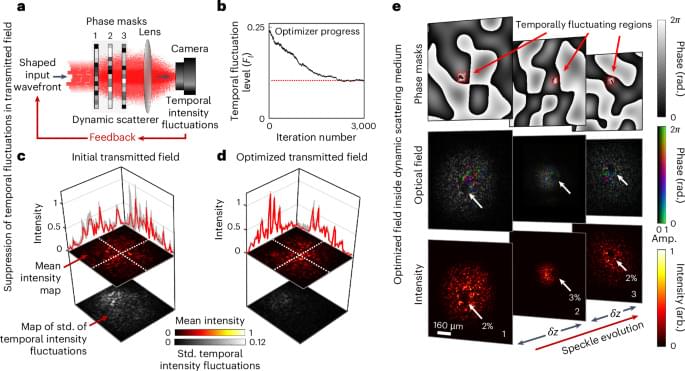Convolutional neural networks (CNNs) were inspired by the organization of the primate visual system, and in turn have become effective models of the visual cortex, allowing for accurate predictions of neural stimulus responses. While training CNNs on brain-relevant object-recognition tasks may be an important pre-requisite to predict brain activity, the CNN’s brain-like architecture alone may already allow for accurate prediction of neural activity. Here, we evaluated the performance of both task-optimized and brain-optimized convolutional neural networks (CNNs) in predicting neural responses across visual cortex, and performed systematic architectural manipulations and comparisons between trained and untrained feature extractors to reveal key structural components influencing model performance. For human and monkey area V1, random-weight CNNs employing the ReLU activation function, combined with either average or max pooling, significantly outperformed other activation functions. Random-weight CNNs matched their trained counterparts in predicting V1 responses. The extent to which V1 responses can be predicted correlated strongly with the neural network’s complexity, which reflects the non-linearity of neural activation functions and pooling operations. However, this correlation between encoding performance and complexity was significantly weaker for higher visual areas that are classically associated with object recognition, such as monkey IT. To test whether this difference between visual areas reflects functional differences, we trained neural network models on both texture discrimination and object recognition tasks. Consistent with our hypothesis, model complexity correlated more strongly with performance on texture discrimination than object recognition. Our findings indicate that random-weight CNNs with sufficient model complexity allow for comparable prediction of V1 activity as trained CNNs, while higher visual areas require precise weight configurations acquired through training via gradient descent.
The authors have declared no competing interest.

